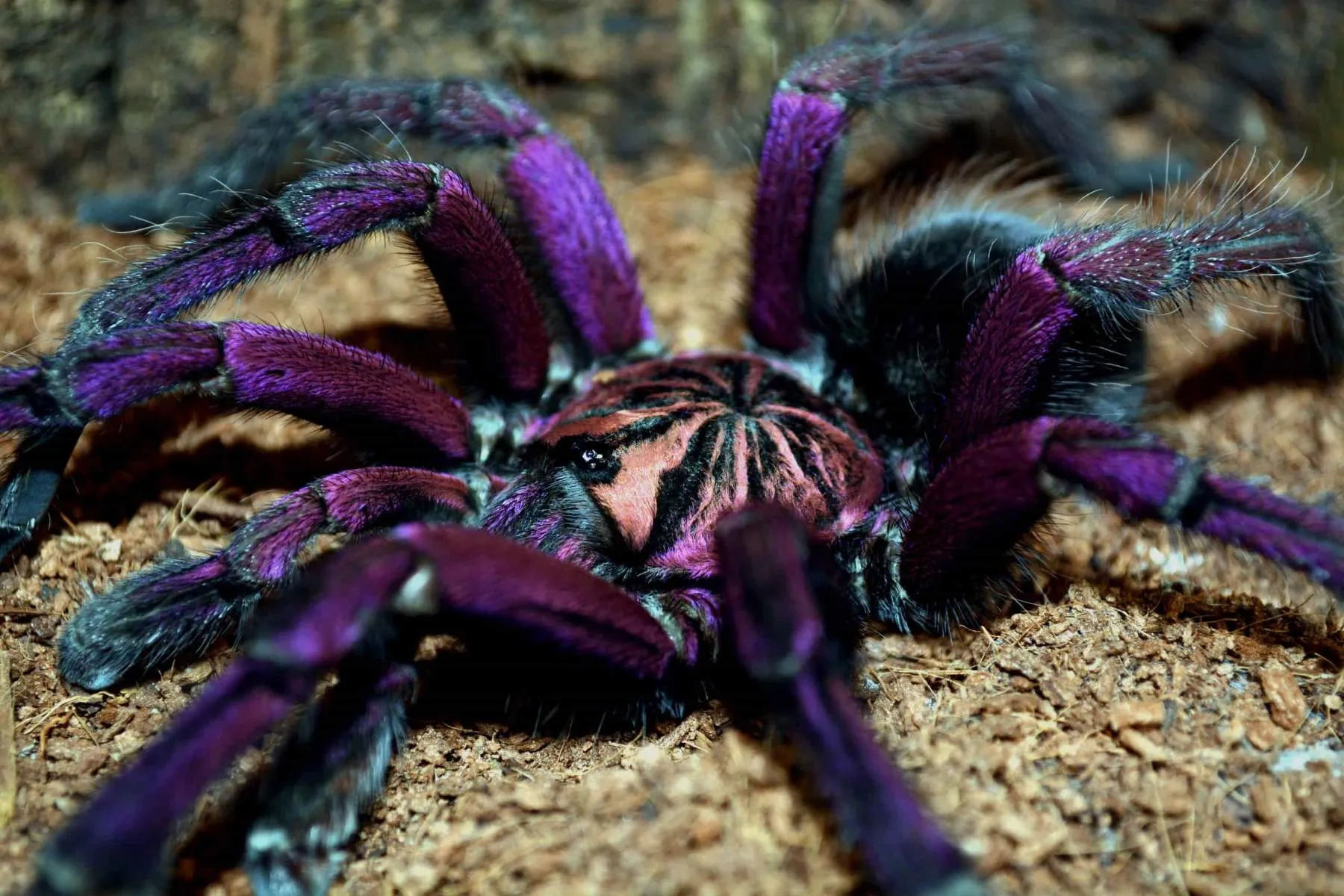Spiders are fascinating creatures, and the differences between various species can be striking. Two popular arachnids that often pique the curiosity of enthusiasts are jumping spiders and tarantulas. While both belong to the spider family, they possess distinct characteristics that set them apart. This article explores the top five key differences between jumping spiders and tarantulas, providing a comprehensive overview of their appearance, behavior, habitat, venom, and life cycle. Understanding these distinctions will help you appreciate the unique qualities of each spider and better understand their roles in the ecosystem. This guide clarifies the common misconceptions and highlights the fascinating aspects of these creatures. These spiders, while sharing the same basic form, have evolved to fill very different niches.
Appearance Differences Jumping Spiders & Tarantulas
Appearance is often the first noticeable difference. Jumping spiders are generally small, compact spiders with a length typically ranging from 1 to 25 millimeters. They have a distinct rectangular cephalothorax (the combined head and thorax) and a short, rounded abdomen. Their most prominent feature is their large, forward-facing eyes, providing excellent vision for hunting. Their bodies are often covered in colorful patterns and iridescent scales, with fuzzy, short hairs. Tarantulas, on the other hand, are much larger spiders, with body lengths that can reach up to 10 centimeters or more, with some species even larger. They have a more robust build, with a hairy body and legs. Their cephalothorax is more oval-shaped, and their abdomen is larger. Their coloration varies widely, ranging from browns and blacks to vibrant hues, depending on the species and geographical location. The sheer size difference is usually enough to tell them apart at a glance.
Size and Shape Jumping Spiders
Jumping spiders are renowned for their small size and agile build, which helps them navigate their environments with impressive speed. Their compact bodies enable them to squeeze into tight spaces and hunt effectively. The shape of the jumping spider also contributes to its hunting success. The rectangular cephalothorax and short abdomen give these spiders a low center of gravity, enhancing their ability to jump. The structure of the legs is optimized for jumping and grasping prey. Their size is a significant adaptation to their hunting strategy, allowing them to stalk and ambush their prey without being detected. These features are essential for their survival in varied habitats. The size and shape contribute directly to the agility and hunting strategies of jumping spiders. They rarely grow beyond a certain size, even in optimal conditions.
Size and Shape Tarantulas
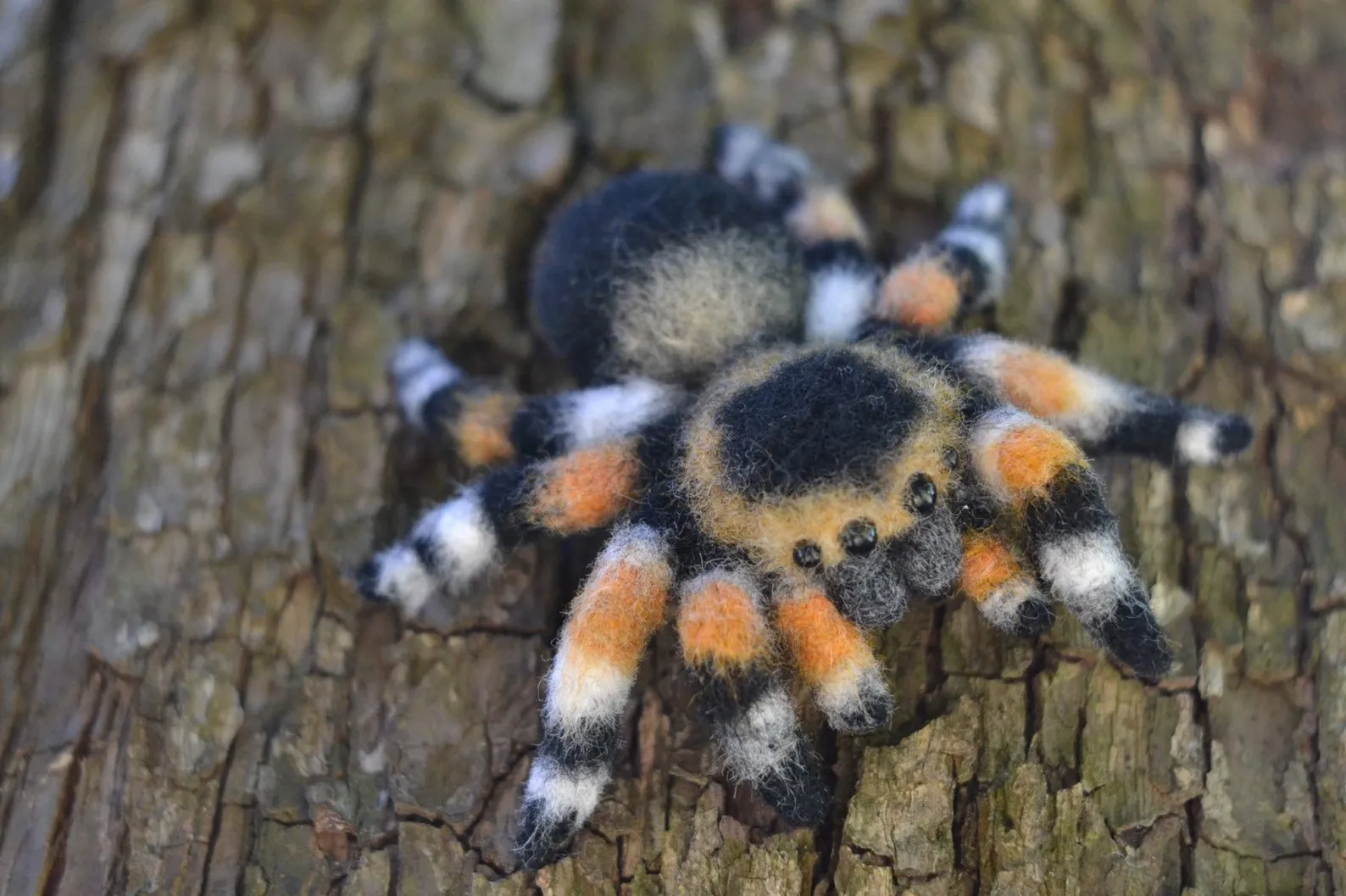
Tarantulas, in stark contrast to jumping spiders, are defined by their substantial size and imposing shape. Their robust bodies and long legs are designed for a ground-dwelling lifestyle, enabling them to ambush prey effectively from burrows or under cover. The substantial size of a tarantula provides several advantages, including increased strength and the ability to subdue larger prey. Their hairy bodies also play a role, acting as sensory organs to detect movement and vibrations. The overall shape of a tarantula reflects its lifestyle as a patient hunter. Their substantial size is a clear indicator of their predatory approach. This allows them to take down sizable insects and even small vertebrates. The size and shape of tarantulas are essential adaptations for their survival. Their size is a primary factor that distinguishes them.
Behavioral Traits Jumping Spiders vs Tarantulas
Behavioral differences between jumping spiders and tarantulas are quite pronounced, reflecting their distinct lifestyles and hunting strategies. Jumping spiders are active hunters, known for their exceptional agility and keen eyesight. They actively stalk their prey, using their jumping ability to pounce on insects. They are curious and intelligent spiders, often observed investigating their surroundings. Tarantulas, on the other hand, are more ambush predators. They typically wait in burrows or concealed locations, ambushing any unsuspecting prey that comes within range. Their behavior is generally less active than that of jumping spiders, and they rely on patience and strength to secure meals. Understanding the nuances of their behavior can reveal much about their respective survival strategies.
Hunting and Feeding Jumping Spiders
Jumping spiders are highly skilled hunters that use their excellent vision to locate and pursue prey. They have two large principal eyes that provide them with binocular vision, allowing them to accurately judge distances. They can also rotate their eyes to scan their surroundings. When a jumping spider spots a potential meal, it carefully stalks its prey, often approaching slowly and stealthily. Once they are within striking distance, they use their powerful legs to leap onto the unsuspecting insect. They then use their chelicerae (mouthparts) to inject venom, which immobilizes the prey. Their diet primarily consists of insects and other small invertebrates. They are known to be very adaptable hunters. This hunting style is very different from the tarantula’s.
Hunting and Feeding Tarantulas
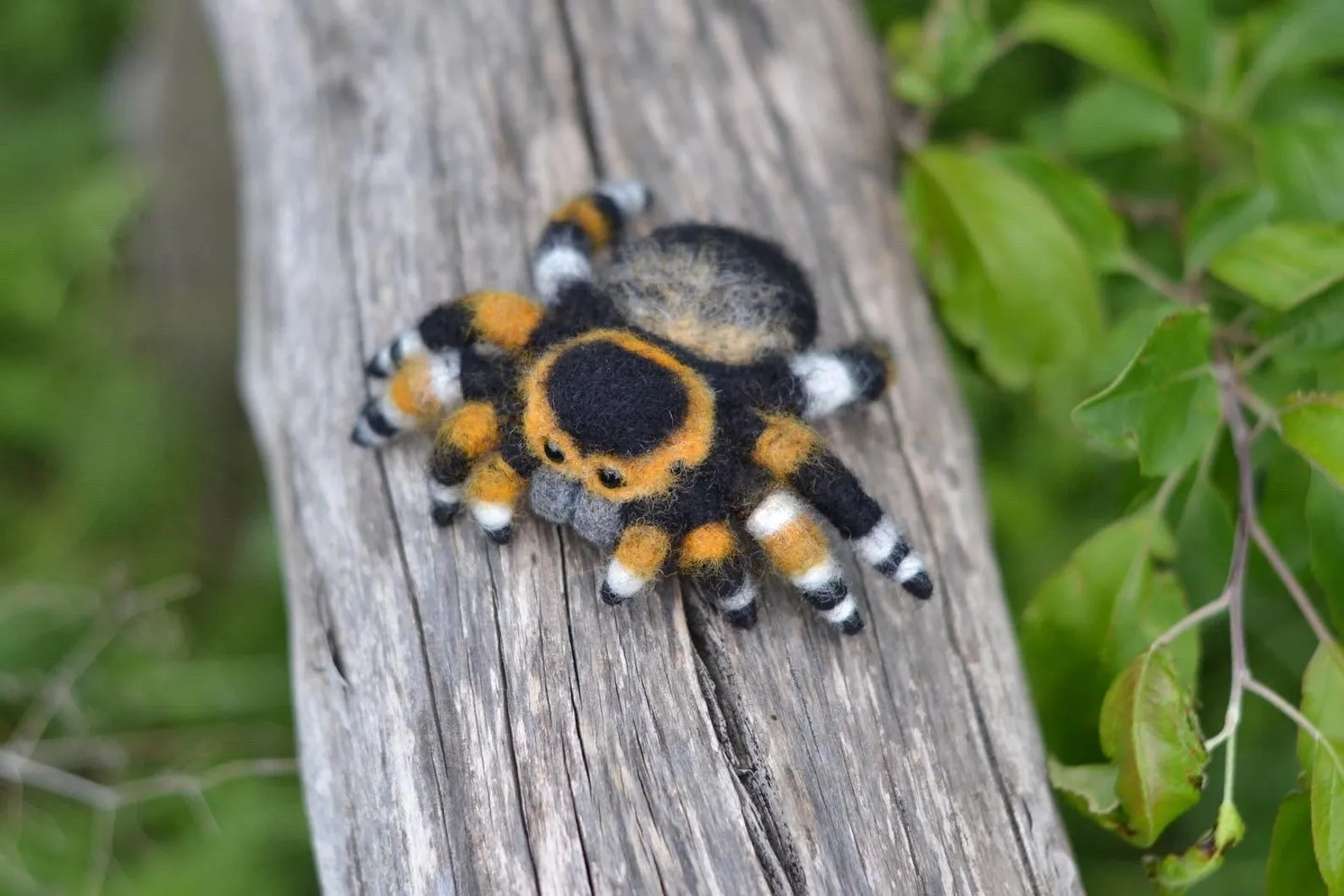
Tarantulas are ambush predators, primarily relying on stealth and patience to capture their prey. They often construct burrows or utilize natural shelters, such as logs or rocks, from which they can launch their attacks. Using sensory hairs (setae) on their legs and bodies, they detect vibrations and movement, alerting them to the presence of potential prey. When a target comes within range, they quickly emerge from their hiding place and ambush the unsuspecting insect. Their powerful chelicerae and fangs are used to inject venom and subdue the prey. Their diet typically includes insects, but they have also been known to consume small vertebrates like lizards and rodents. Tarantulas’ hunting strategy is a slow-paced, waiting game, using their size and venom to their advantage. Their lifestyle is a stark contrast to that of jumping spiders.
Habitat and Location Comparison
The habitats of jumping spiders and tarantulas vary significantly, reflecting their different lifestyles and adaptations. Jumping spiders are incredibly versatile, found in a wide range of habitats, while tarantulas are more specific in their environmental needs. Understanding these differences helps in appreciating how these spiders have evolved to thrive in diverse ecosystems. Their respective habitats play a crucial role in their survival, influencing their hunting strategies, and the types of prey available to them.
Jumping Spider Habitat
Jumping spiders exhibit remarkable adaptability, thriving in various habitats worldwide. They are commonly found in forests, gardens, grasslands, and even human-altered environments. They can be seen on plants, trees, rocks, and human-made structures. Many species prefer sunny areas where they can actively hunt for prey. They often build small silk retreats under leaves or in crevices. They are also commonly observed on walls and windowsills. Their small size allows them to inhabit various environments. Their adaptable nature contributes significantly to their global distribution. They are rarely found in the same type of habitat as tarantulas.
Tarantula Habitat
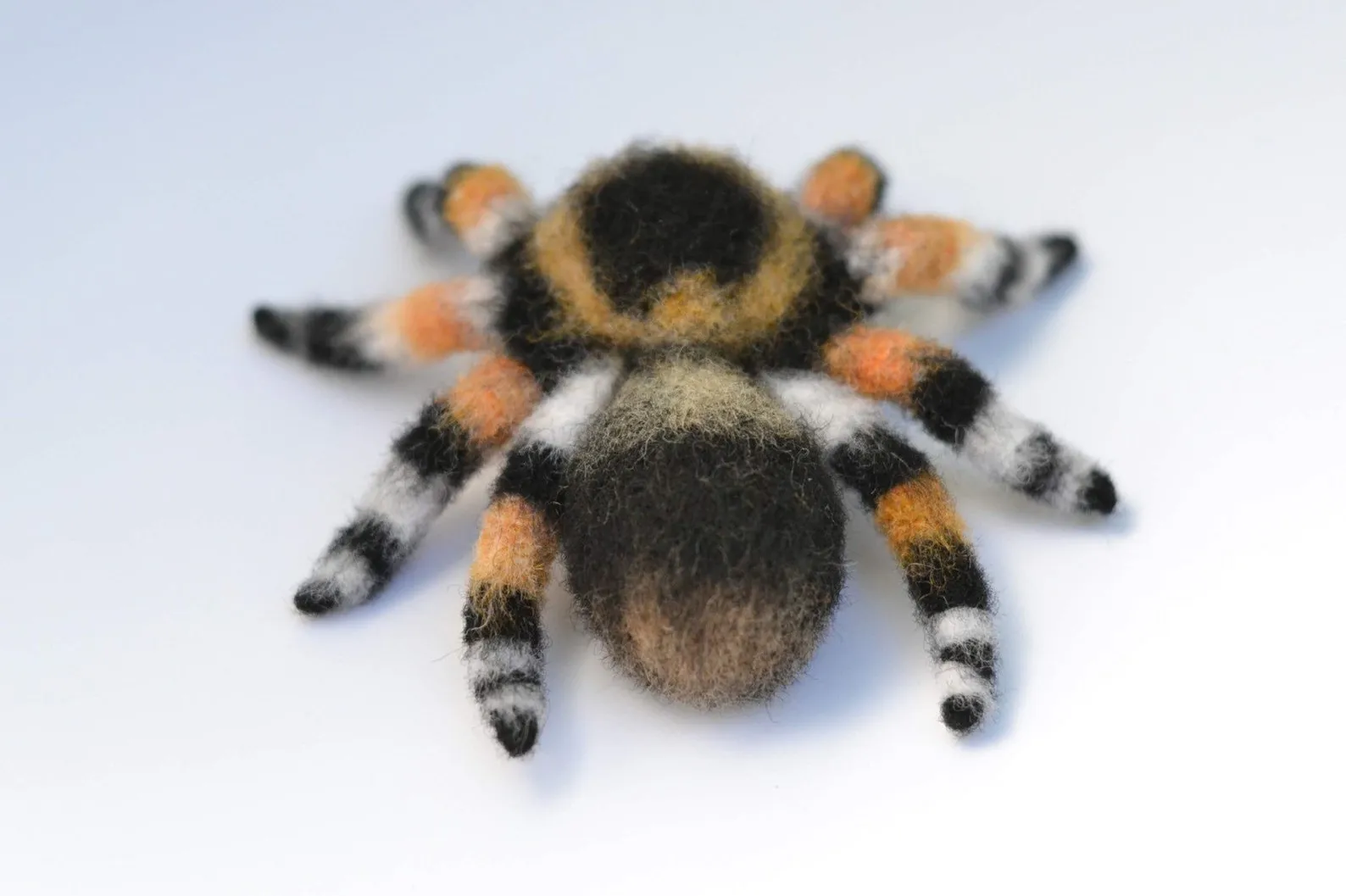
Tarantulas generally prefer warmer climates and are found in tropical and subtropical regions around the globe. They are primarily terrestrial spiders that live in burrows or utilize pre-existing shelters like rock crevices or under logs. Some species may also construct silken retreats to line their burrows. Their ideal habitats include grasslands, deserts, and forests with suitable soil for burrowing. They are often found in areas with moderate humidity. They require a stable environment to survive. These habitats provide cover from predators, a stable temperature, and access to prey. The locations also define their specific needs.
Venom and Bite Jumping Spiders and Tarantulas
The nature of venom and the potential effects of bites are important aspects to consider when comparing jumping spiders and tarantulas. While all spiders possess venom to subdue their prey, the potency and impact on humans vary. Understanding the effects of their bites is essential for anyone interested in these spiders. Both spiders use venom, but with different consequences. The nature of venom can determine how risky it is to handle them. The venom of each spider has its purpose.
Venom Potency Jumping Spiders
Jumping spiders possess venom that is primarily used to immobilize small insects and invertebrates. Their venom is generally considered harmless to humans. A bite from a jumping spider may cause a slight, localized reaction, such as mild redness or itching, but is not typically medically significant. The venom is designed to quickly subdue small prey. Their small size means they do not have large amounts of venom to inject. Although they can bite, it is very rare. The bite of a jumping spider is often compared to a mosquito bite.
Venom Potency Tarantulas
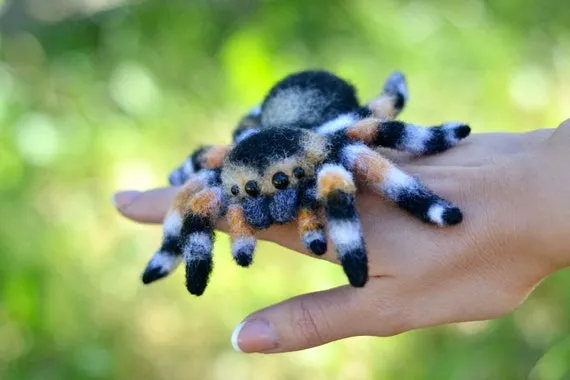
Tarantulas also use venom to subdue their prey. While their venom is not considered as potent as that of some other spiders, their large fangs can deliver a more significant bite. The venom of most tarantula species is not lethal to humans but can cause localized pain, muscle cramps, and other symptoms. Some people may experience allergic reactions. Their venom serves to immobilize larger prey efficiently. The severity of symptoms may vary depending on the species and the individual’s sensitivity. Tarantulas also have other defenses, such as urticating hairs, which can cause irritation when disturbed. It is important to exercise caution around tarantulas.
Lifespan and Reproduction
The lifespans and reproductive strategies of jumping spiders and tarantulas differ, contributing to their population dynamics and ecological roles. Understanding these factors is crucial for comprehending their long-term survival. The variations in their life cycles reflect their different evolutionary adaptations. These adaptations determine how each spider interacts with its environment. The lifespan and reproductive aspects provide insight into their overall strategies.
Lifespan Jumping Spiders
Jumping spiders generally have relatively short lifespans, typically living for about a year or less in the wild. Some species may live slightly longer in controlled environments, such as captivity. Their short lifespans are due to their size and high metabolic rates. They reach maturity relatively quickly and focus on reproduction. The females lay a small number of eggs, and the young spiders develop rapidly. Their short lifespans mean jumping spiders must reproduce quickly. Their survival depends on frequent reproduction. They often face many environmental dangers.
Lifespan Tarantulas
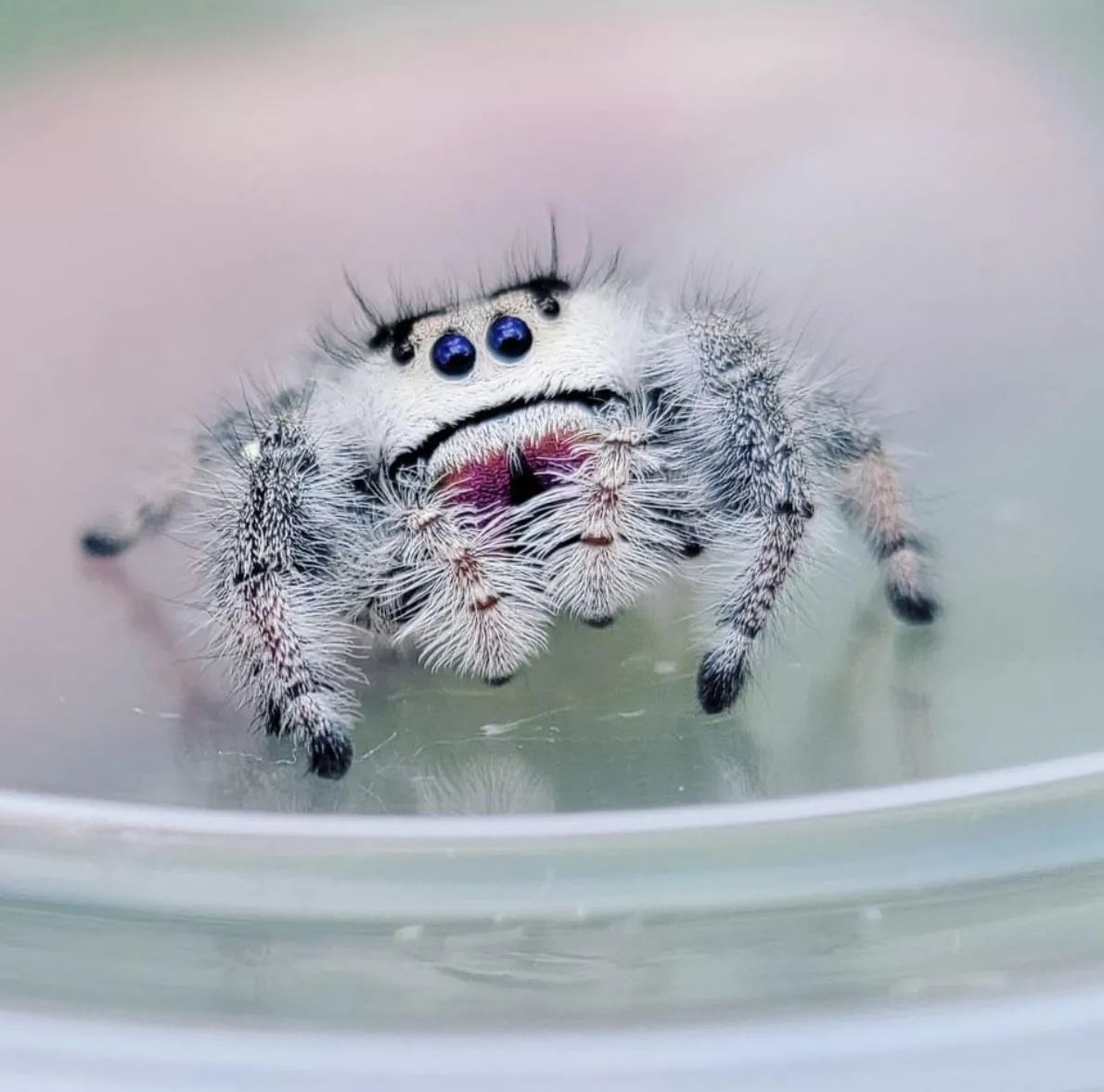
Tarantulas are known for their relatively long lifespans. Females can live for up to 20 to 30 years in the wild, while males typically have shorter lifespans, often only living for a few years after reaching maturity. Their longer lifespans contribute to their slow growth rates and delayed reproduction. Tarantulas have a slower metabolism. They also tend to be less vulnerable to predation. The females lay a large number of eggs in a silk egg sac. The young spiders take a while to mature. The longevity of tarantulas contributes significantly to their ecological impact.
Reproduction Jumping Spiders and Tarantulas
Both jumping spiders and tarantulas reproduce sexually, but their reproductive strategies differ. Jumping spiders typically engage in elaborate courtship rituals, with males performing complex displays to attract females. After mating, the female lays a relatively small number of eggs in a silk sac, which she often guards. The young spiders develop quickly and disperse. Tarantulas also have complex courtship rituals. The male transfers sperm to the female using specialized appendages called pedipalps. After mating, the female produces a large egg sac, which she protects until the spiderlings hatch. These spiderlings then disperse to begin their independent lives. Both spiders go through several molts as they mature. The reproduction process is critical to the survival of the species.
In conclusion, while both jumping spiders and tarantulas are fascinating members of the spider family, they exhibit remarkable differences. From their size, appearance, and behavior to their habitats, venom, and life cycles, each spider has unique characteristics. Jumping spiders are small, agile hunters with excellent vision, thriving in a variety of habitats. Tarantulas, on the other hand, are large, robust ambush predators. They are adapted to warmer climates. Understanding these differences enhances our appreciation for the diversity of life and the intricate adaptations that have shaped the natural world. Whether you encounter a tiny jumping spider or a large tarantula, you can now better appreciate the unique qualities of each, recognizing the remarkable adaptations that allow them to thrive in their respective environments.
